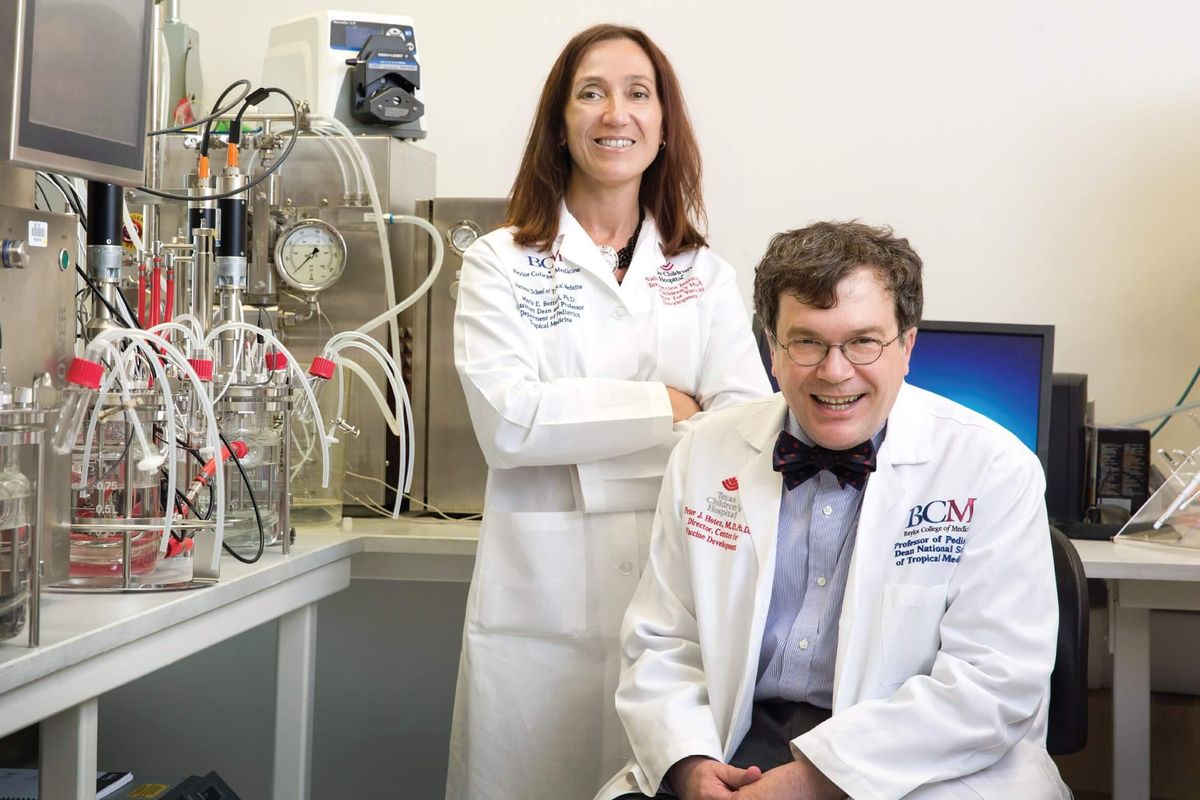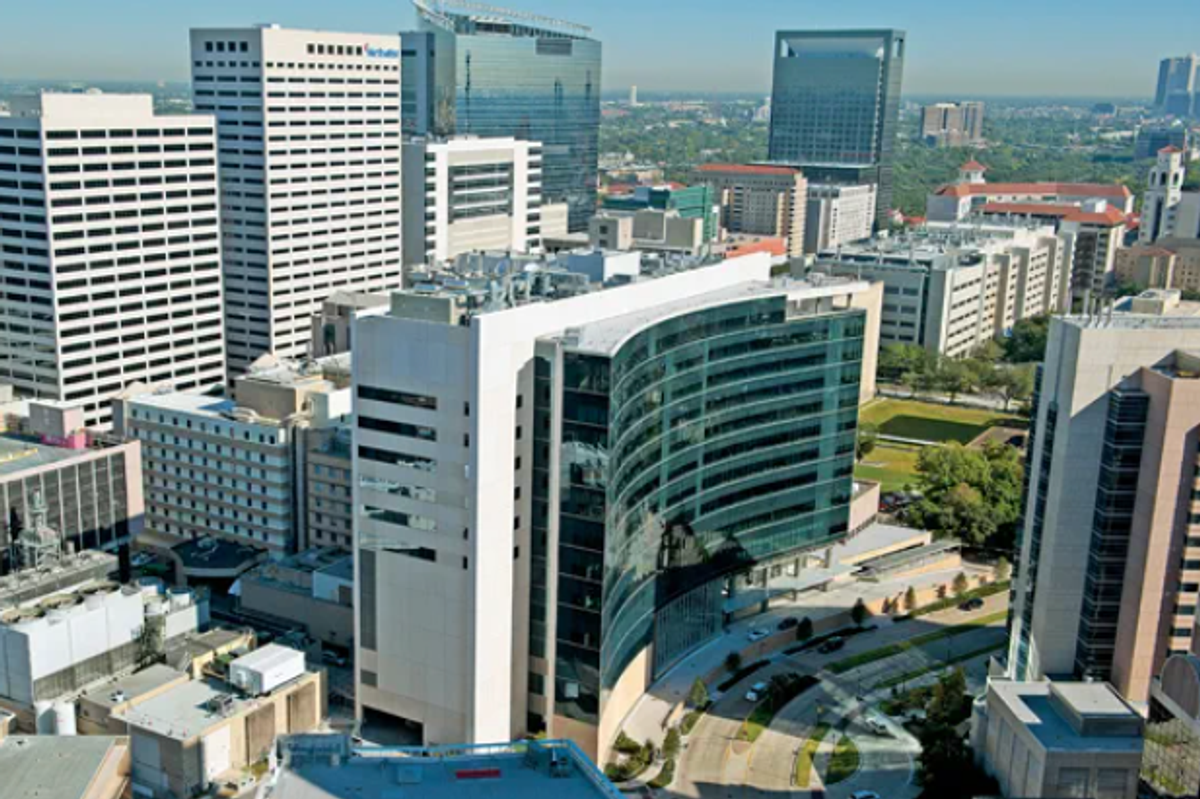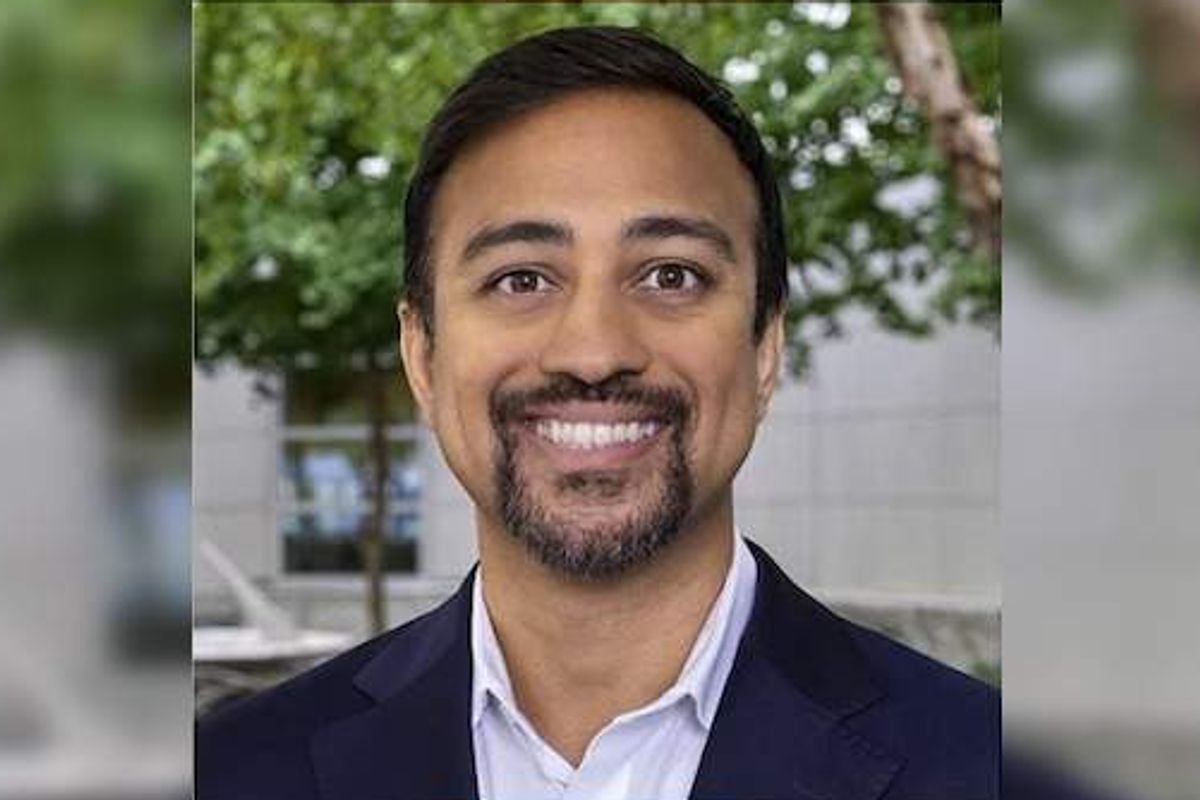Houston native picked for 2025 class of NASA astronaut candidates
space crew
NASA has selected 10 new astronaut candidates, including one whose hometown is Houston, for its 2025 training class. The candidates will undergo nearly two years of training before they can assume flight assignments.
The 10 future astronauts were introduced during a recent ceremony at NASA’s Johnson Space Center, whose facilities include an astronaut training center. NASA received more than 8,000 applications for the 10 slots.
“Representing America’s best and brightest, this astronaut candidate class will usher in the Golden Age of innovation and exploration as we push toward the moon and Mars,” said Vanessa Wyche, director of NASA Johnson.
NASA’s 24th astronaut class reported for duty in mid-September at Johnson Space Center. Their training will prepare them for missions to the International Space Station and the moon, among other activities. Graduates will become members of NASA’s astronaut corps.
Among the recently selected candidates is Anna Menon, who was born in Houston and considers it her hometown. She’s married to NASA astronaut Dr. Anil Menon, a flight surgeon who completed his training in 2022.
Most recently, Anna Menon was a senior engineer at Elon Musk’s SpaceX, where she spent seven years managing crew operations for the Dragon and Starship spacecraft. Previously, Menon worked at NASA’s Mission Control Center in Houston, where she supported medical software and hardware aboard the International Space Station.
In 2024, Menon flew into space as a mission specialist and medical officer aboard SpaceX’s Polaris Dawn private spacecraft. A highlight of the low-orbit trip was the first commercial spacewalk.
Texas native Rebecca Lawler, a native of the Dallas-Fort Worth suburb of Little Elm, is one of Menon’s nine classmates.
Lawler, a former lieutenant commander in the Navy, was a Navy P-3 pilot and experimental test pilot who logged over 2,800 flight hours aboard more than 45 aircraft. At the time she was chosen to be an astronaut candidate, Lawler was a test pilot for United Airlines.
The eight other astronaut candidates in the 2025 class are:
- Ben Bailey, who was born and raised in Charlottesville, Virginia
- Lauren Edgar, whose hometown is Sammamish, Washington
- Adam Fuhrmann, who’s from Leesburg, Virginia
- Cameron Jones, a native of Savanna, Illinois
- Yuri Kubo, a native of Columbus, Indiana
- Imelda Muller, whose hometown is Copake Falls, New York
- Erin Overcash, who’s from Goshen, Kentucky
- Katherine Spies, a native of San Diego
- NASA names four astronauts heading to the moon at Houston event ›
- Houstonian and first Black astronaut to walk in space named to Hall of Fame ›
- Houston space companies land $150M NASA contract for vehicles and robots ›
- Houston engineering firm lands $400M NASA contract ›
- Houston company awarded $2.5B NASA contract to support astronaut health and space missions ›




















